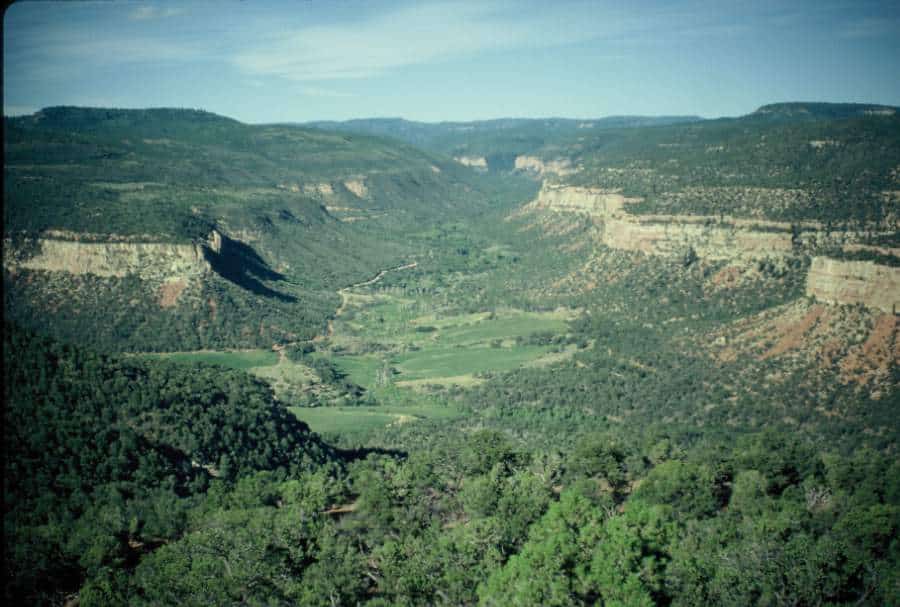New Dinosaur Discovery in Colorado’s Dry Mesa

A remarkable discovery has emerged from Colorado’s Dry Mesa Dinosaur Quarry. Paleontologists have unearthed a new specimen of Haplocanthosaurus, an intermediate sauropod dinosaur from the Late Jurassic period. This period dates back approximately 155 to 152 million years ago. The finding sheds light on the anatomy and evolutionary position of this lesser-known genus. Unlike other well-studied Morrison Formation dinosaurs, such as Apatosaurus and Diplodocus, Haplocanthosaurus remains enigmatic. This discovery not only enhances our understanding of this dinosaur but also contributes to the broader narrative of dinosaur evolution.
Details of the New Specimen
The new specimen includes three anterior dorsal vertebrae, four posterior dorsal vertebrae, and a right tibia. Researchers identified it through distinct anatomical features. These features include dorsally angled transverse processes and a broad distal tibia. Dr. Mathew Wedel, a paleontologist at Western University of Health Sciences, emphasized the significance of this find. He noted that this specimen is the geologically youngest example of Haplocanthosaurus discovered on the Colorado Plateau.
The discovery adds to the limited collection of Haplocanthosaurus fossils. Previously, only 11 specimens were known, making this genus quite rare. The new specimen provides critical data that can help fill gaps in the understanding of this dinosaur’s anatomy. The study detailing this discovery was published in The Anatomical Record. It highlights the importance of ongoing research in paleontology and the need for further exploration in the Morrison Formation.
Haplocanthosaurus and Its Significance
Haplocanthosaurus is a unique genus that has puzzled paleontologists for years. Known from only a handful of specimens, it stands apart from other sauropods in the Morrison Formation. Dr. Wedel and his team pointed out that crucial skeletal elements, such as the skull and limbs, remain either undiscovered or undescribed. This lack of information leaves significant gaps in understanding the complete morphology of Haplocanthosaurus.
The classification of Haplocanthosaurus has been a topic of debate among scientists. Some classify it as a basal diplodocoid, while others consider it a basal macronarian or just outside Neosauropoda. This uncertainty highlights the need for more research. The new specimen could provide insights that help clarify its evolutionary relationships. Understanding Haplocanthosaurus is vital for piecing together the evolutionary history of sauropods, which were among the largest land animals to ever roam the Earth.
Implications of the Discovery
The discovery of the new Haplocanthosaurus specimen extends its range into the Brushy Basin Member of the Morrison Formation. This finding is significant for reconstructing the evolutionary history of sauropod dinosaurs. As researchers continue to unearth new specimens, they gain a clearer picture of the biodiversity that existed during the Jurassic period.
The collaborative efforts of paleontologists from various institutions played a crucial role in this discovery. Teams from Western University of Health Sciences, Brigham Young University, the Arizona Museum of Natural History, and Auburn University worked together to analyze the findings. Their collective expertise enhances the understanding of this rare dinosaur and its place in the prehistoric ecosystem. As more discoveries are made, the narrative of dinosaur evolution continues to evolve, revealing the complexities of life millions of years ago.
Observer Voice is the one stop site for National, International news, Sports, Editor’s Choice, Art/culture contents, Quotes and much more. We also cover historical contents. Historical contents includes World History, Indian History, and what happened today. The website also covers Entertainment across the India and World.

